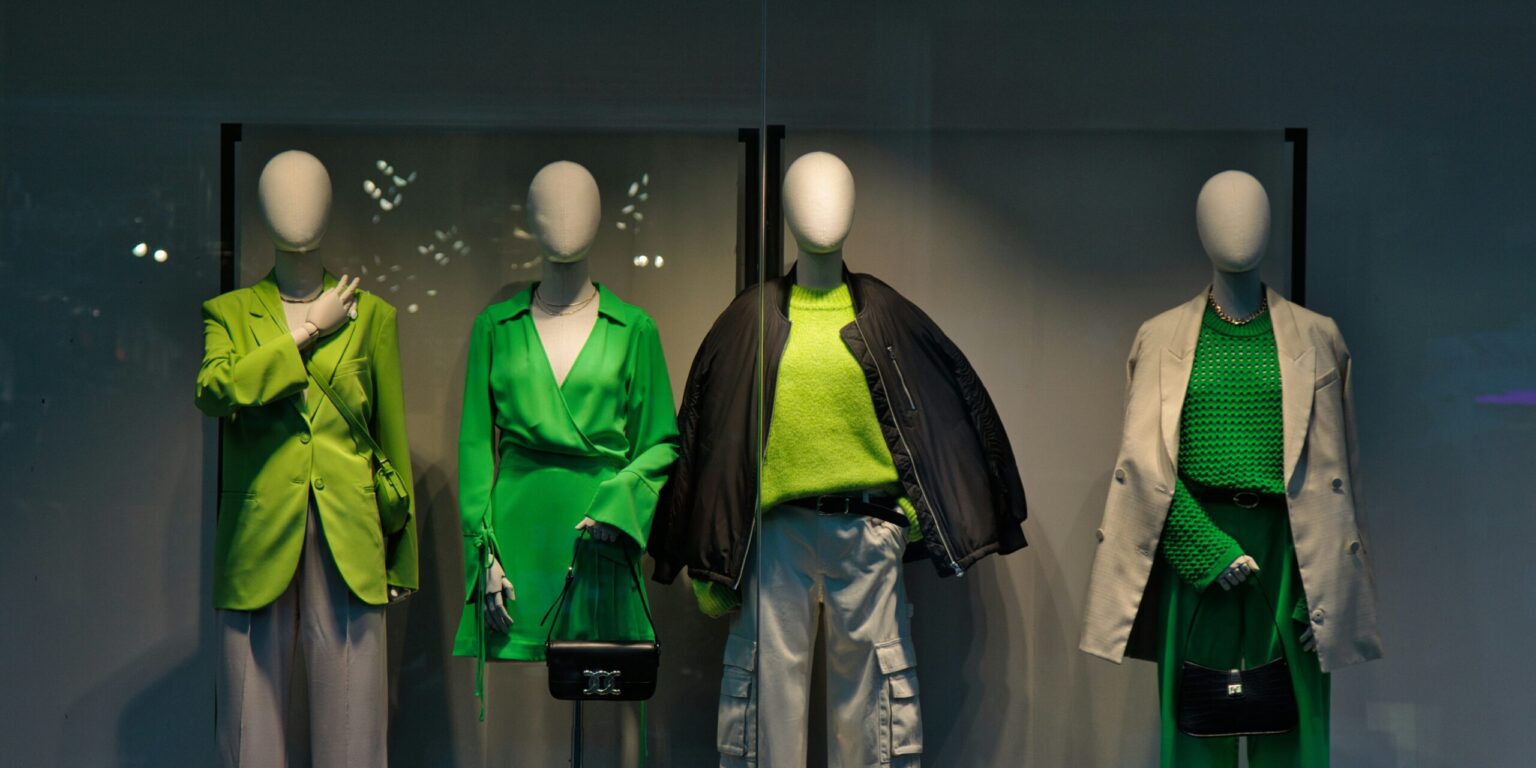As summer gives way to autumn, American fashion houses are rejecting the muted palettes traditionally associated with the season. Instead, Fall 2025 is shaping up to be defined by bold color choices, hybrid styling, and a heightened focus on individual expression. From New York to Los Angeles, designers are rolling out collections that spotlight daring contrasts while reimagining familiar fabrics for a market increasingly shaped by eclectic consumer demand.
Industry watchers note that this fall’s runway and retail cycles are tilting heavily toward saturated hues. Designers are leaning into jewel-like shades of cobalt, emerald, and marigold, using color as both a visual anchor and a commercial differentiator. In many cases, these colors are layered onto quilted fabrics, technical knits, and other practical textures, giving vibrant designs a grounding in wearability. The combination is emblematic of a larger trend in which luxury aesthetics and everyday functionality no longer stand apart but instead reinforce each other.
Luxury labels, long associated with the refinement of subdued autumnal tones, are embracing unexpected bursts of brightness. Several houses have upended expectations by including bold, “pop” accents in collections otherwise defined by tailoring and structure. The decision reflects not only a break from seasonal norms but also an acknowledgment of shifting consumer psychology. In a crowded retail environment, color becomes a form of distinction, helping brands capture attention in-store and online.
Read Also: https://womensinsider.com/santa-b-claus-not-just-a-red-suit-the-real-deal/
The collaborations between streetwear and couture designers have further blurred the boundaries of what fall fashion means. Oversized hoodies are being paired with sharply tailored trousers, while sneakers feature luxe fabric overlays more commonly associated with evening wear. The message is clear: adaptability is the new definition of relevance. Shoppers no longer compartmentalize wardrobes into rigid categories. Instead, they seek pieces that can move seamlessly from casual to formal, from the office to evening outings.
Retail analysts emphasize that consumers are approaching seasonal shopping with greater selectivity. Rising costs of living and a shift toward conscious consumption mean that few are buying full wardrobes every few months. Instead, they are opting for standout “hero items” that deliver impact, whether in the form of a brightly colored statement coat, a bold handbag, or a pair of architectural boots. Accessories, in particular, are being positioned as investment pieces — small luxuries that allow buyers to tap into the season’s spirit without overhauling entire closets.
This pivot toward intentional contrasts reflects deeper changes in the fashion industry. Social media platforms have made bold styling choices more accessible, encouraging individuals to embrace color and unconventional combinations. At the same time, the demand for authenticity is pushing brands to create pieces that can outlast micro-trends. Even as vibrant colors dominate the spotlight, many designers are working to ensure that these items are versatile enough to sustain interest beyond a single season.
For retailers, the shift presents both opportunity and risk. Collections that lean too heavily on experimental colors could alienate conservative shoppers, but ignoring the trend risks appearing out of step with the cultural moment. The balancing act is leading many brands to release capsule collections or limited-edition pieces, allowing them to test consumer appetite without overcommitting inventory. The strategy also adds an element of exclusivity, heightening demand among trend-focused buyers.
Looking ahead, analysts suggest that Fall 2025 may mark a turning point in how American consumers approach seasonal wardrobes. Neutral tones and layered basics will continue to serve as staples, but the dominant narrative is one of contrast: bold statements layered into everyday life. Fashion is less about uniform seasonal rules and more about signature accents that articulate individuality.
If the momentum continues, this season could influence not only what Americans wear but how they shop, reinforcing the idea that clothing is both functional necessity and personal statement. The resurgence of bold colors and hybrid styles may signal that fashion, even in its cyclical nature, is entering a more expressive, less predictable phase — one where creativity, adaptability, and intentional contrast define the American fall wardrobe.
